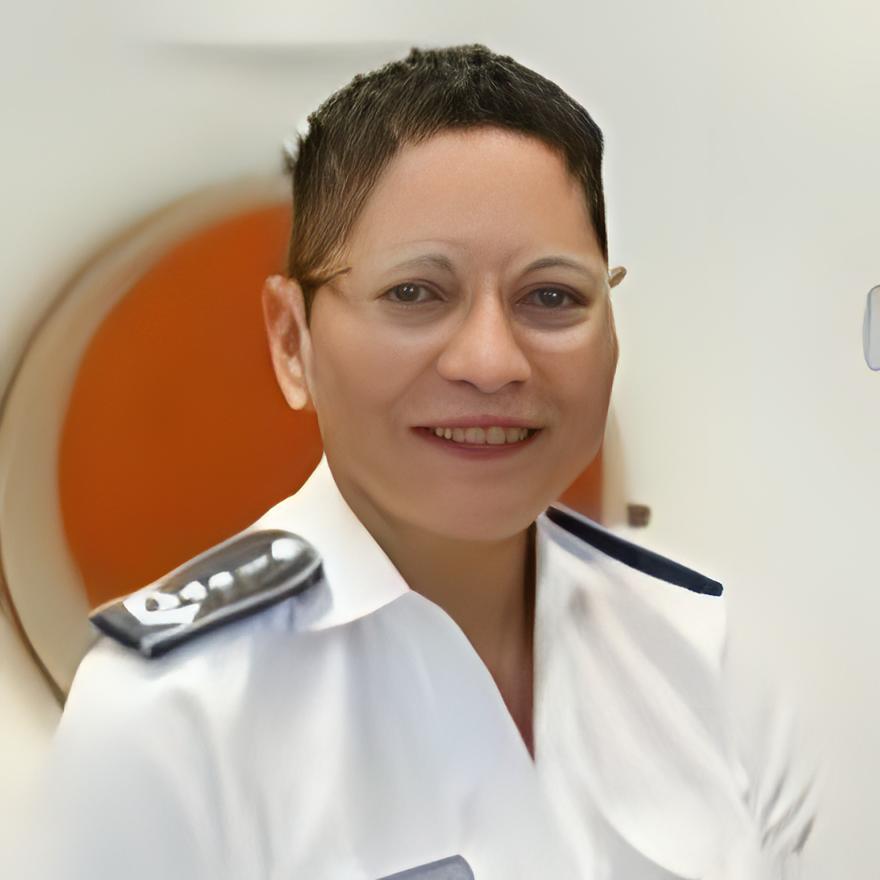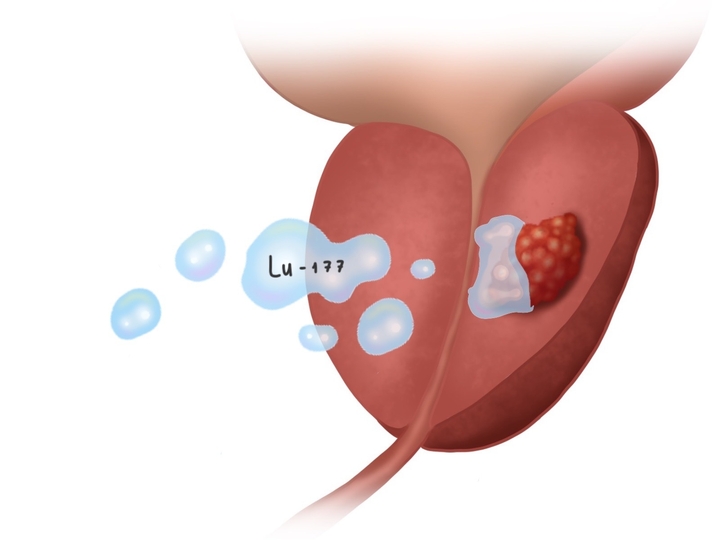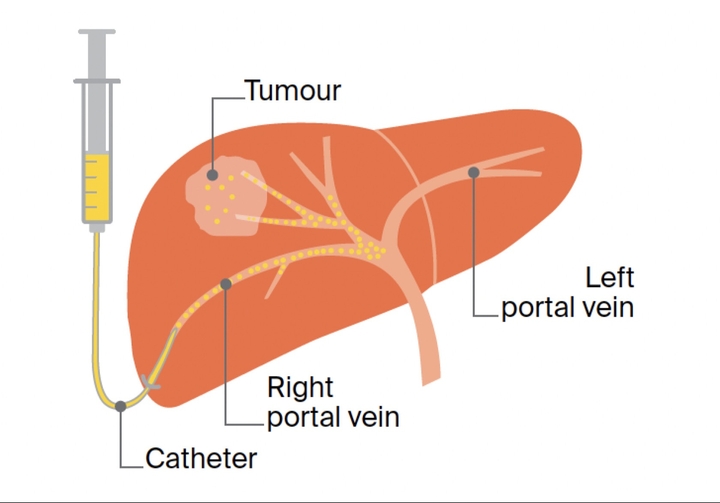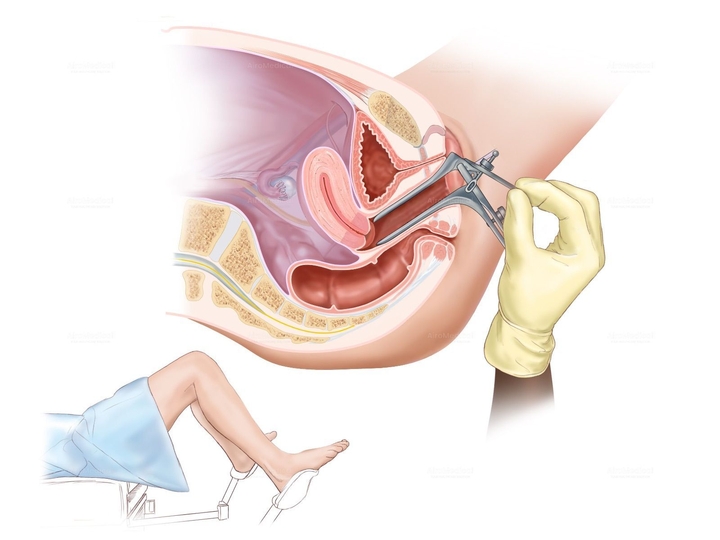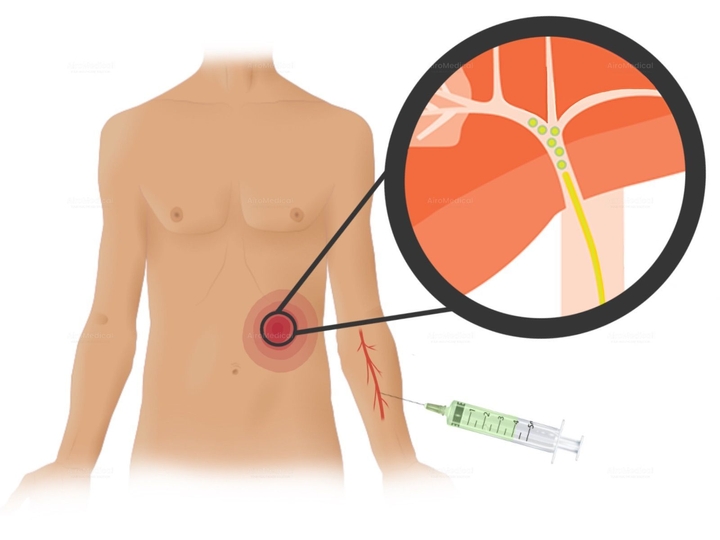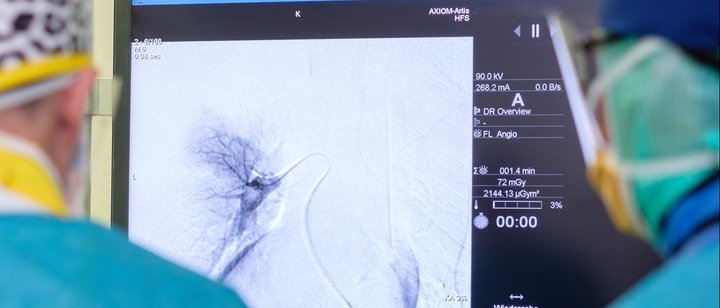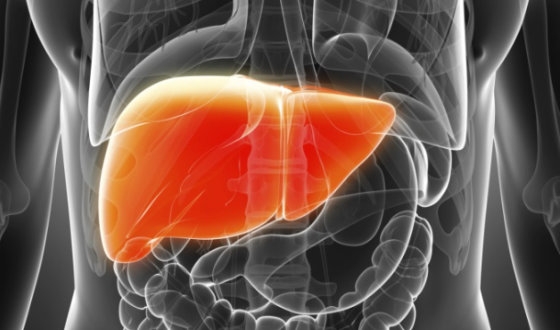Transarterial chemoembolization Worldwide: Best Hospitals, Doctors, Options, & Cost
Update: Dec 13, 2025
Best hospitals for transarterial chemoembolization worldwide
Top doctors for transarterial chemoembolization worldwide
Top offers
Cost for transarterial chemoembolization worldwide
Transarterial chemoembolization€15,917 - 32,070
How AiroMedical can help you
Global medical travel platform for searching and booking treatments.
Read more in our blogs
FAQ
What are the leading countries for Transarterial chemoembolization?
Germany, Turkey, Israel, India, South Korea.
What are the best clinics for Transarterial chemoembolization?
Who are the best doctors for Transarterial chemoembolization?
Prof. Dr. med. Thomas Vogl from
University Hospital Frankfurt am Main
Dr. med. Anett Tillmann, MBA from
Academic Hospital Bundeswehr Berlin
Prof. Dr. med. Philipp Marius Paprottka from
University Hospital Rechts der Isar Munich
Dr. med. Annette Forschler from
Park Clinic Weissensee Berlin
Prof. Dr. med. Jens Ricke from
University Hospital Ludwig-Maximilians Munich







